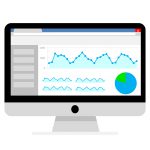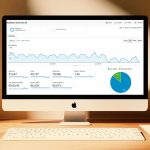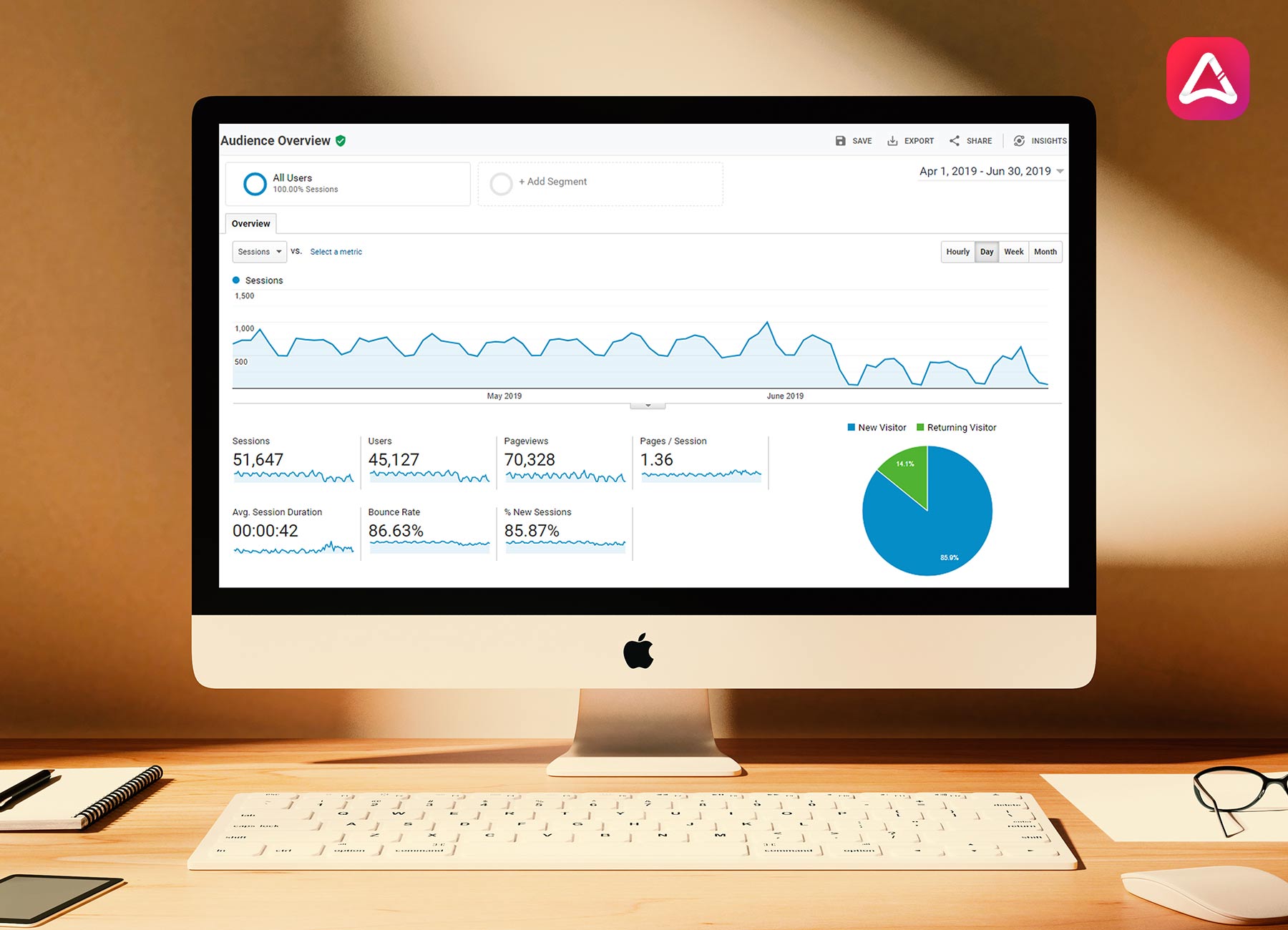As important Google Analytics is for digital marketing it is used the most underused by most business. It allows you to measure the results of the individual campaign in real-time, compare the data to previous periods, and so much more.
It provides detailed information about your website functioning based on visitors to the site. It determines the quality of the site and it notifies the areas in which there is a need for improvisation.
A marketer can access to Google Analytics by owning a google account and applying the tracking code to google analytics. Once the code is installed the result for the desired site will be delivered within 24 hours.
The results will provide you the following details about the visitors.
- Location of your visitors.
- How the visitors reached your site.
- Browser used by the visitors to reach the site.
- Keywords used in the search engine to reach the site.
With all the above details you will be more prepared to create better-targeted ads, strengthen the marketing strategy and create a higher productivity website. It also provides crucial tactical information which designs the strategy for a marketer to proceed in developing the website.
Page Views: This enables the marketer to have a detailed report on how many views the website gained on a daily basis.
Page Per Visit: This will make sure about the interest rate of users in the pages of the site. Your aim should be to increase this number by improving your content and on-site value. By keeping things relevant and high quality on your site, you should see a high number.
Bounce Rate: People may land on your website from different points of entry. They may find your homepage or your blog post. But once they have found your site, it’s your job to ensure they explore further and take some action. Percentage of people clicked off from your site with just a click. If it’s above 50% the progress is below average.
Average Time On Site: It will make sure about the average time spent by the viewers on the site.
New Visits: This estimates the growth in progress that every marketer envies for.
Keywords: This result will boost our campaign in attracting new visitors based on the keywords used to reach our sites.
Posts And Pages: Google analytics will analyze the top viewed pages and posts from which one can retrieve the desired aspects that attract the viewers to the site.
Setting Goals: Google Analytics enables a marketer to set up goals based on the site for a certain period of time which ensures the development is progressed in the right direction.
Most-Viewed Pages: Provides an understanding of the content and topics that engage users the most.
Most-Exited Pages: Are the pages where users leave your site. Either the page content wasn’t successfully set up to push conversions, or there are technical problems on the page.
Referral Sites: Are those sites that are sharing your links and sending users your way; remember, bad referrals can be incredibly harmful to your site’s traffic, so keep an eye on referrers.
Organic Search Traffic: This data can provide insight into what terms users are searching, allowing you to capture their attention.
Top Landing Pages: These pages are the first thing users see when they visit your site. Are they effective at engaging users and possibly leading to conversions?
Segmentation: Allows you to filter user behavior based on a variety of criteria, such as traffic source, keyword search, and user characteristics.
Bounce Rates: Figure out which pages are losing visitors. You can improve your on-page content (visual and written) to keep users on your site.
Click-Through Rates: Help you determine which ads to display by measuring click-through rates and user age groups on Google Ads.
Page Rankings on SERPs: Help you find the pages that have low rankings based on keywords, allowing you to improve them to boost rankings.
About the Author
Ali Khan is an Independent Tech Journalist with a core focus on Emerging Technologies, Software Development, Decentralized Apps & User Interfaces Design.






